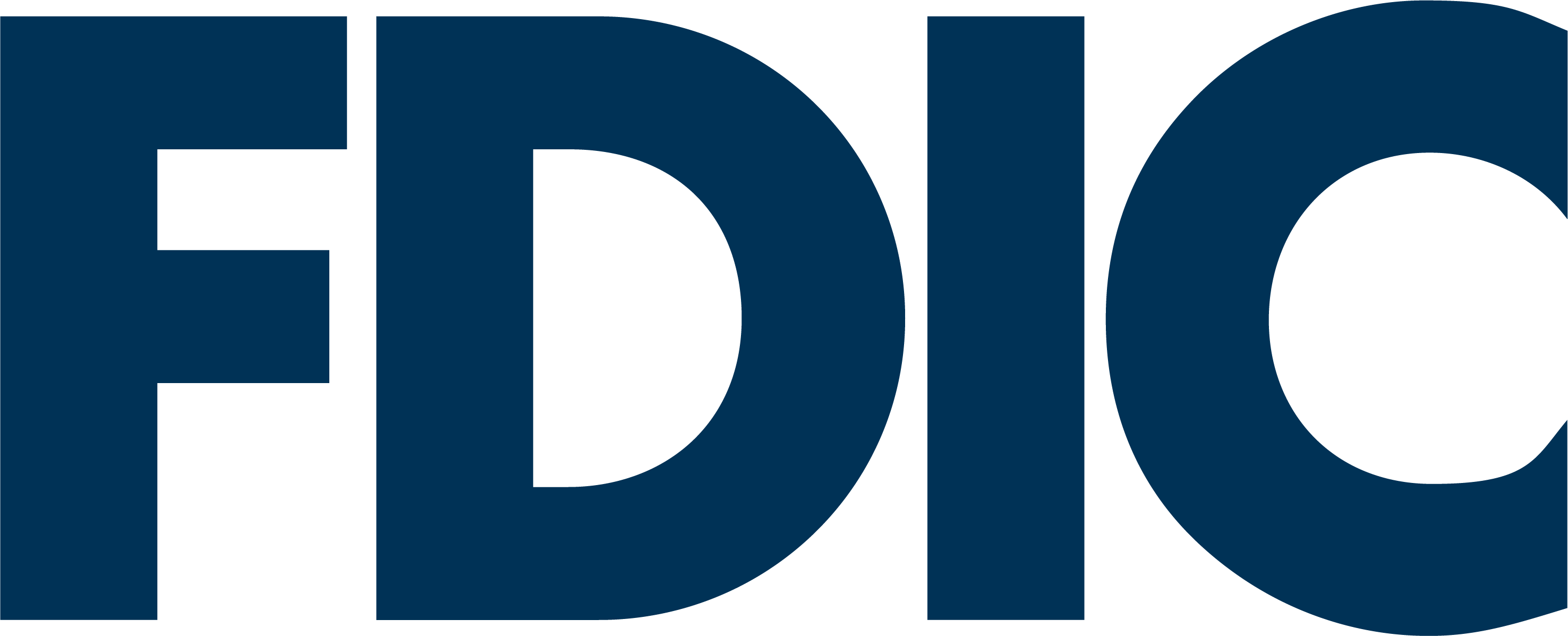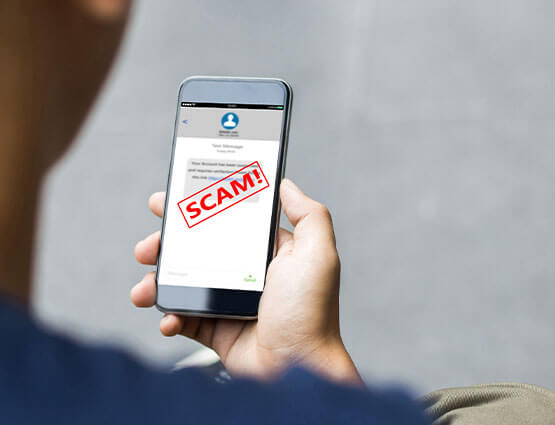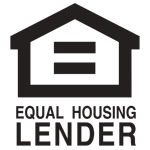
Home Equity Loans and Lines of Credit
Your home's equity could be working harder for you.
Leveraging the equity in your home is a great way to borrow money at a secure, low rate. A Home Equity Loan or Home Equity Line of Credit (HELOC) can help you pay for any number of large purchases or projects. From higher education tuition costs to home improvement to unexpected medical expenses, these lending products can give you the financial breathing room you need.
Home Equity Line of Credit (HELOC)
Get the funds you need without the burden of a high interest rate. With a HELOC1, you can borrow from your home equity as needed—up to a preset limit and with a low variable interest rate.
- First lien introductory rate as low as 6.25% APR for the first 12 months; as low as 7.00% APR variable thereafter.1
- Second lien introductory rate as low as 6.50% APR for the first 12 months; as low as 7.25% APR variable thereafter.1
- No annual fees
- No or low closing costs and no application fee
- Finance up to 80% loan-to-value with a 10-year draw period and 15-year repayment period
- Might be a good fit for you if you’re looking to borrow money at a low rate and repay the amount quickly

Home Equity Loan
Lock in a fixed rate to finance whatever life may bring. With a HELoan2, you can borrow against your home equity, receive the full amount upfront, and pay it back over time.
- Payments never increase with a fixed interest rate for the full loan term
- No or low closing costs, no application fee, and no annual fee
- First and second-lien options available
- Might be a good fit for you if you’re looking to borrow a large sum and pay it off over a period of time longer than 1-2 years
HELoan vs. HELOC
| Features | Home Equity Loan1 | Home Equity Line of Credit2 |
|---|---|---|
|
Features
Adjustable interest rate
|
Home Equity Loan1
|
Home Equity Line of Credit2
X
|
|
Features
Fixed Interest rate
|
Home Equity Loan1
X
|
Home Equity Line of Credit2
|
|
Features
Receive lump sum
|
Home Equity Loan1
X
|
Home Equity Line of Credit2
|
|
Features
Draw money as needed
|
Home Equity Loan1
|
Home Equity Line of Credit2
X
|
|
Features
Pay interest only on the money used
|
Home Equity Loan1
|
Home Equity Line of Credit2
X
|
|
Features
No application fee
|
Home Equity Loan1
X
|
Home Equity Line of Credit2
X
|
|
Features
Low to no closing costs
|
Home Equity Loan1
X
|
Home Equity Line of Credit2
X
|
|
Features
No annual fee
|
Home Equity Loan1
X
|
Home Equity Line of Credit2
Fee can be avoided
|
How You Can Use Your Equity
Home Renovations
Consolidate Debt
Fund Education
Support Your Family
Make Large Purchases
Cover Unexpected Expenses
Resources
How Can I Take Advantage of My Home’s Equity?
When It Makes Sense to Refinance Your Home
Give Your Credit Score a Boost
Connect with a lending specialist to get started.
Frequently Asked Questions
With a cash-out refinance, the amount of your loan and your monthly payments will go up, but the interest rate on the cash you take out may be lower than other alternatives.
To learn more, check out this article: How Does a Cash-Out Refi Work?
A HELoan is a second mortgage that usually has a fixed interest rate and monthly payments of the same amount every month. A HELOC works more like a credit card, but the interest rate is typically lower than a credit card.
You have a maximum amount you can borrow as needed. HELOCs usually have a variable interest rate and monthly payments that may go up or down.
Take a closer look at the differences: Should You Consider a HELOC or HELoan?
Check out these tips: Give Your Credit Score a Boost.
Resources to Help
-
The Annual Percentage Rate, referred to as APR, is based on an index (WSJ Prime Rate) plus a margin. The discounted introductory APR is fixed for the initial 12-month period. Thereafter, the APR is variable and may change daily but will never exceed 16% or be less than 2.50% per annum. The margin for each loan is determined by credit qualifications, lien position, owner occupancy, loan-to-value (LTV) ratio and other loan features. The stated APRs represent borrowers with a minimum 760 credit score, owner-occupied first lien primary residence, maximum 80% LTV and 0.25% discount for auto-debit from a United checking account. A rate without auto debit will be higher. Eligibility for reduced closing costs requires a United Community Bank checking account. Closing costs vary by state and loan amount. Bank may choose to waive a portion of the closing costs. Borrower pays all costs pertaining to recording fees, tax monitoring fees and mortgage taxes. HELOC product is available only for consumer owner-occupied, single-family residences and is not available on manufactured homes or leasehold properties. Bank must be in a valid first- or second-lien position. Property insurance and flood insurance, if applicable, are required on all collateral. The HELOC has a 10-year draw period and 15-year repayment period. Exclusions and limitations apply. Offer subject to bank’s standard credit approval criteria and is subject to change without notice. Stated APRs are accurate as of 12/19/2024. Third party fees vary based on loan amount and generally total between $236.00 - $815.00 ($10,000.00 line); $317.00-$1784.00 ($100,000 line); $1,120-$3,847.00 ($500,000.00 line) and $6,000 - $13,665.00 ($2,000,000 line). Your fees could be lower or higher.
2 United Community Bank offers first-lien and second-lien amortizing fixed-rate Home Equity Loan (HELoan) products. The first-lien HELoan is available in amounts ranging from $10,000 to $75,000. The second-lien HELoan is available in amounts ranging from $10,000 to $1.5 million. HELoan products are available for consumer owner-occupied, single-family residences and are not available on manufactured homes. Closing costs vary by state and loan amount. Bank may choose to waive a portion of the closing costs. Borrower pays all costs pertaining to recording fees, tax monitoring fees and mortgage taxes. Bank must be in a valid first or second lien position.














